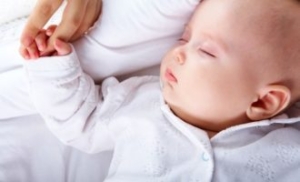Background on Chinese Medicine and Fertility
Traditional Chinese medicine has been practiced for thousands of years and includes techniques and practices such as tai chi, moxibustion, Tui Na, cupping, Chinese Herbal Medicine and acupuncture. Acupuncture in particular has rapidly grown in acceptance by the general public and practice among therapists today.
Because of the delicate balance between the hypothalamus, pituitary, and reproductive glands, stress is capable of preventing a woman from ovulating entirely. This can contribute to the cause of female infertility. Stress can also create spasms in both the fallopian tubes and the uterus, which can interfere with movement and implantation of a fertilized egg. In men, stress can alter sperm counts, motility, and cause impotence. Hormonal balance does not have to be disrupted by cortisol to cause infertility. The most common cause of female infertility is an ovulation disorder, in which the release of a mature egg from the ovary is prevented, usually because of a hormonal imbalance. Without enough progesterone, for example, the fetus is unable to attach to the uterus. High levels of prolactin, the hormone that stimulates the production of breast milk, can also prevent ovulation.
Modern acupuncture consists of the gentle insertion and stimulation of thin, disposable sterile needles at strategic points near the surface of the body. Over 2,000 acupuncture points on the human body connect with 14 major pathways, called meridians. Chinese medicine practitioners believe that these meridians conduct qi, or energy, between the surface of the body and internal organs. It is qi that regulates emotional, mental and physical balance. When the flow of qi is disrupted through poor health habits or other circumstances, pain and/or disease can result. Acupuncture helps the energy moving smoothly to balance the emotional, mental and physical health system.
Working with Assisted Reproductive Technologies
Traditional Chinese Medicine (TCM) can be used solely or in conjunction with Assisted Reproductive Technology (ART) and fertility medications. Most patients use TCM as their primary treatment modalities in Asia.
In the western clinical setting, it is not uncommon to see patients use TCM in conjunction with fertility medications and ART.


